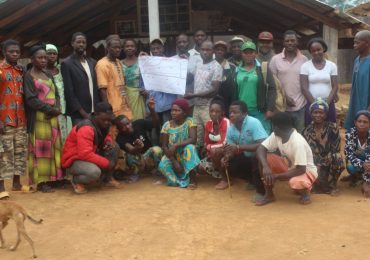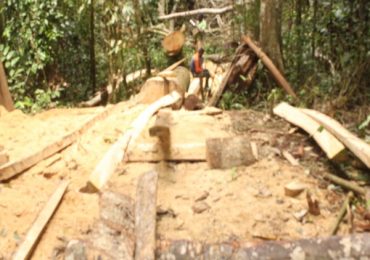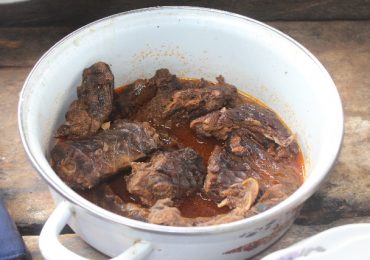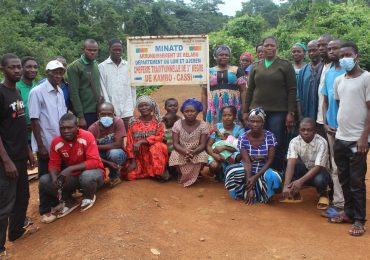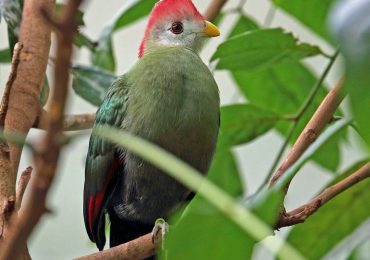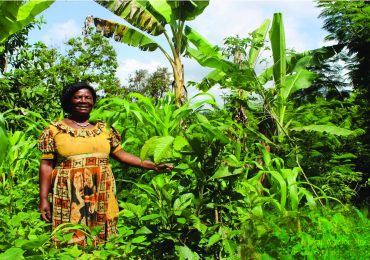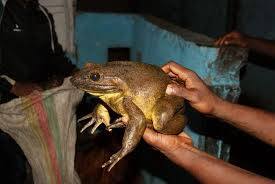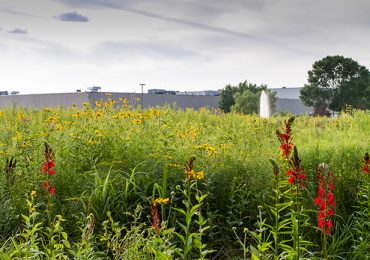Sakoudi is a village located a few kilometres from the Deng Deng National Park in the Eastern region of Cameroon. The local population of this village belong to the ethnic group called the Bantus and depend on forest resources for their subsistence. The current laws governing the utilisation of forest resources do not permit the indigenes of Sakoudi to have a full right to the forest resources. Consequently, households have lost access to gather products, such as fuelwood, honey, or wild animal meats and increased protection of resources.
They often fail to take advantage of different livelihood schemes offered by the government as they lack the requisite skills or education. However, they have adopted alternative measures to survive by ravaging alongside small river bangs practicing local fishing. Fish as a source of income and diet is common in Sakoudi and it neighbouring villages. Fish protein constitutes approximately 15% of total animal protein for three billion people across the globe (Sumaila et al 2011).
The community of Sakoudi have integrated fishing to their tradition and culture and is freely undertaken by villagers mostly for self-consumption and sometimes, for exchange/barter of goods hence the resources (fishing) is considered as a common-pool resource. During the dry season, the local population invade category 3 streams and category 4 flooded lowlands to harvest mudfish (Clarias camerunensis) that are refuge to this stream. This type of fishing technic is call dam fishing. They locate a stream and build a dam at the entry of the stream so that water can continue flowing down in the unclosed end. Secondary dams are built downstream to delineate successive pools. Bailing out the water off the temporary pool using a metal or kichen utensil is the most constraining part of this fishing activity and the participants make it more interesting as they sing enthusiastic songs, shouts and gossips. One a great amount of water is bailed out, participants start exploring the mud in search for mudfish, catfish, shellfish, crab and electric fish.
In an interview conducted by a team from the Environment and Rural Development Foundation with some kids who were fishing, the kids claimed this traditional method of fishing can be costly on them at times. This is because they receive painful stings from defensive spines along the pectoral and dorsal fins of fish, shocks from electric crayfish, bits from dwarf crocodiles or venomous aquatic cobra.
Almost every individual household is directly or indirectly involved in fishing activities, this has contributed significantly to the increasing pressure on fish stocks thus, resulting in a decline in fish catch since they use traditional methods.
The villagers of Sakoudi survive due to the livelihood diversity and presence of the forest. The villagers need to be properly compensated for the loss of livelihood by the new conservation regime. Moreover, alternative livelihood options need to be made available to the villagers, so that they can earn their own livelihood and live with dignity.


